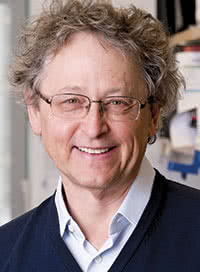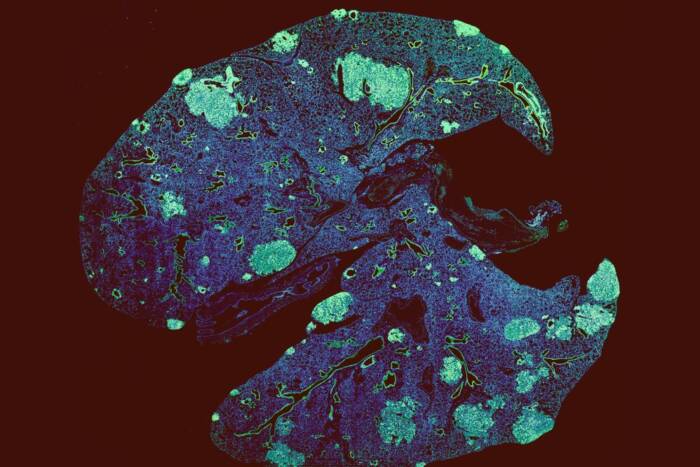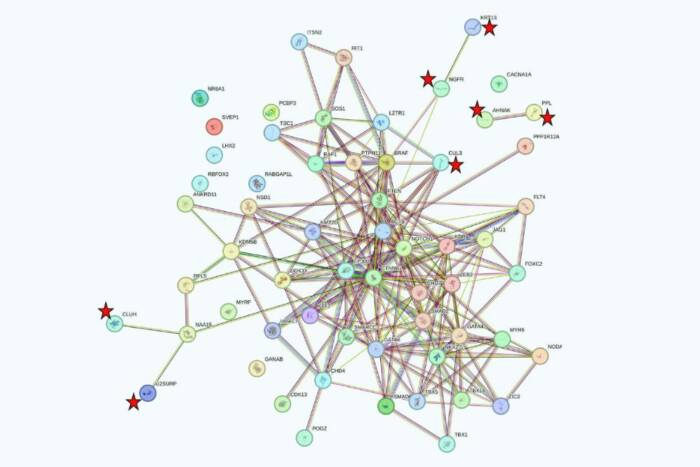New method allows scientists to study how HIV persists
After 35 years of rigorous research, there is still no cure for HIV. Current drugs can be used to halt the infection, but fall short of reaching hidden reserves of dormant virus that can lurk for life within infected white blood cells. If a person stops taking the medication, these viral landmines can be reactivated to make more HIV.
In a step toward unlocking a cure, scientists in Michel C. Nussenzweig’s laboratory have developed a new strategy to study the cells that host these reservoirs of latent virus: a highly specialized type of immune cell that is exceedingly rare in the blood, making it difficult to identify and isolate.
But graduate fellow Lillian Cohn created a method to enrich the elusive cells and process them in a way that allows further study of their genetic makeup. It enabled Nussenzweig’s team to start characterizing the molecular mechanisms that allow latent HIV to persist in the body while maintaining its ability to replicate. The findings are published in Nature Medicine.
Using this method, researchers may be able to develop new treatments for HIV that go beyond controlling the infection and instead aim to eradicate the virus entirely.



